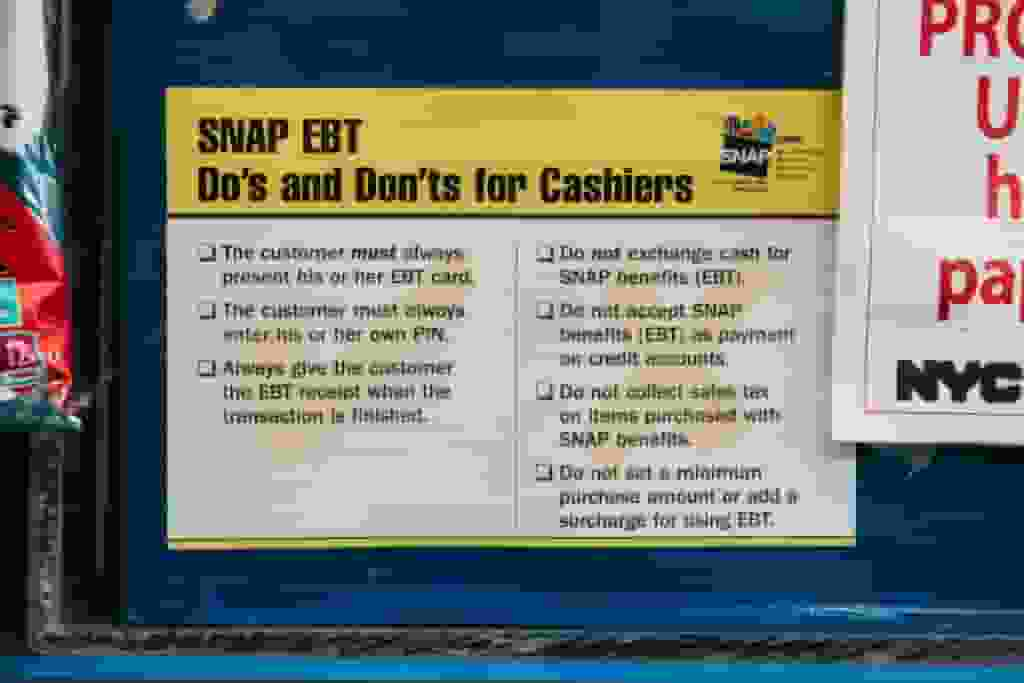SNAP benefits will be necessary to reauthorize the farm bill in 2023, a part of federal law that controls how the American government spends money on food.
Depending on the results of the midterm elections, the budgets of several supplemental nutrition programs, including the Special Supplemental Nutrition Program for Women, Infants (WIC) and SNAP benefits, may be reduced.
Midterm Election Results to Impact Food Stamp
The agricultural bill’s largest funding is allocated to nutrition programs like the Supplemental Nutrition Assistance Program (SNAP). SNAP benefits, formerly known as the food stamp program, assist lower-income households in making up for the shortfall in their food expenditures.

According to experts like Karen Dolan, Director of the Criminalization of Poverty Project at the Institute for Policy Studies, expansions to the SNAP benefits program were essential, especially during the pandemic’s height, in keeping about 8 million individuals out of poverty. Nearly half of them had children to support.
However, according to analysts like Dolan, if Republicans win control of both the House and the Senate or if Congress is split, they may limit the reach of the supplemental food programs by making entry more challenging by enforcing strict employment criteria.
If Democrats take control of both the House and the Senate, they may have more influence to pursue anti-hunger policies in the agriculture bill.
A decrease in SNAP benefits payments would have an effect on millions of Americans. For the 2022 fiscal year, more than 41 million beneficiaries received food stamps worth close to $96 billion, according to the latest available Department of Agriculture figures.
Consumers are paying the highest price for everything, notably food, as prices continue to rise. The most recent Consumer Price Index figures from the federal government show that as of October 2022, the food-at-home index, or grocery expenses, rose 12.4% over the previous year.
Insufficient to keep up with the present rate of food inflation is the maximum SNAP payment for a household of four in fiscal 2022, which is just around 6.8% more than it was in fiscal 2021. Millions of Americans who rely on SNAP benefits to buy food may struggle to do so in 2022 due to the rising cost of food.
However, beginning with the fiscal year 2023, participants will get a 12.5 percent cost-of-living adjustment (COLA), with SNAP benefits rising yearly to take inflation into account. The COLA is effective October 1, 2022, and expires on September 30, 2023.
According to the Bureau of Labor Statistics, the price of food purchased for domestic use increased by 13% in September 2022 compared to September 2021. At least six out of the last seven months saw monthly increases in food prices that were faster than overall inflation.
Food stamp benefits for eligible one-person households will increase from $250 to $281 in 2023. Two-person households will get $516 instead of $459, and three-person households will get $740, which is more than $90 more than what they got last year ($658).
SNAP Benefits Increase in 2023

READ MORE: Stimulus Check Update: Americans Have Until November 17 to Receive Unclaimed $1,400, $3,600
Your EBT cards can be used to purchase a wide range of food items, such as food-growing seeds and plants, fruits, vegetables, meat, poultry, fish, dairy products, bread, cereals, snack foods, and non-alcoholic beverages.
Almost every American household has been impacted by increased living costs this year, with lower-income people suffering the most. SNAP benefits are adjusted at the start of each fiscal year (the first of October) to account for increases in living expenditures.
For instance, SNAP payments increased by 12.5% in October. The maximum benefit that a family of four may receive right now is $939. The problem is that a double-digit price increase over the course of a year cannot be accommodated by the system. The effectiveness of yearly adjustments is limited during periods of high inflation.
Over time, the money doesn’t buy as much, whether it’s in the form of SNAP benefits or cash in the bank. In September 2023, if inflation continues to rise at its current rate, food prices may rise by another 10% or more. But until the system is modified or there is inflation, individuals would receive less food for the same amount of compensation each month.


